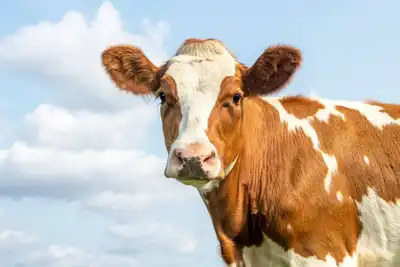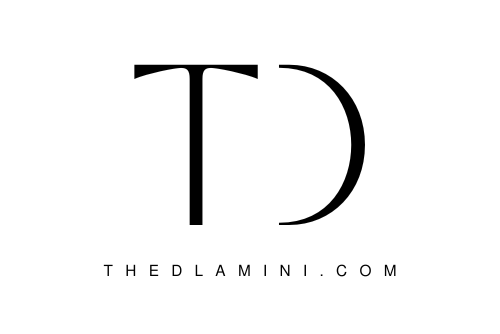How Much Is a Cow in Namibia?

Agriculture is one of the most important sectors in Namibia. It contributes to around 5% of the National Gross Domestic Product. Primary livestock production contributes to the greater part of the Country’s Gross Domestic Product. Majority of Namibians depend on agriculture and herding. The most common livestock reared in Namibia is the Cattle. About 80% of the Country’s population own cows. The livestock industry is a core pillar of the Namibian economy.
Cost of a Cow in Namibia?
Livestock in Namibia costs N$44.5 per kg.
What are some common Cattle Breeds?
1. Gir; it is also called Bhadawari. It originated in the Gir forest of South Kathiawar. The basic color of skin is white with dark red patches. Milk yield is 1200-1800kgs per lactation. This reed is known for its hardness and disease resistance.
2. Sahiwal; Originated in the Montgomery region of undivided India. It is the best indigenous dairy breed. It is pale red in color, sometimes flashed with white. The average milk yield of this breed is between 1400 to 2500kgs per lactation.
3. Red Sindhi; Originated in the Karachi region of undivided India. The color is red with shades varying from dark red to light strips of white. Milk yield is from 12500-1800kgs per lactation. It is used for road and fieldwork.
Other breeds include; Hallikar, Amritmahal, Khillari, Kangayam, Bargur, and many others.
- How Much Do Doctors Earn in Namibia?
- How Much Are Braces in Namibia?
- How Much is a Passport in Namibia?
- How Much Do Teachers Earn in Namibia?
- How Much Do Pilots Earn in Namibia?
- How Much Does A Lamborghini Cost In Namibia?
- How Much Do Social Workers Earn in Namibia?
- How Much is A Horse in Namibia?
What are the five most important benefits derived from Cattles?
1. Cattles eat grass that is grown by the sun to power them. They use the energy to make muscle which is what makes up beef.
2. Cattles also help reduce risk of fire outbreaks in the environment by grazing on the land and reducing the length of grass. They also keep the ecosystem healthy by grazing on old grass.
3. Many products are obtained from Cattles. These include; leather, medicines (insulin), cosmetics and sand paper.
4. Since Cattles provide milk, they can be raised and managed with good income to support family.
5. The waste generated from these animals can be used as natural manure to maintain soil fertility.
What are some demerits to Cattle farming?
1. Livestock farming disrupts the environment in many ways. It is the biggest cause of greenhouse gas emissions and deforestation; Trees are cut down always to get farmlands to rear Cattles. As these trees are cut down, Carbon dioxide accumulation in the atmosphere becomes higher. This leads to alteration in the natural environment.
2. Animal waste is not treated well by farmers before they are disposed into the water bodies. This in turn pollutes our water bodies, leading to the spread of diseases like typhoid, diarrhea, and cholera.
3. The cost of starting a beef Cattle farm is expensive. This is a disadvantage to the farmer.
How much do farmers earn from Cattle farming
Namibia live Cattle wholesale price is between $1.71 and $3.54 per kilogram. It is obvious to the fact that farmers spend a lot in Cattle farming, however much profit is also made at the end on the sale of the Cattles. Livestock farming is a source of income to majority of the families in Namibia.
